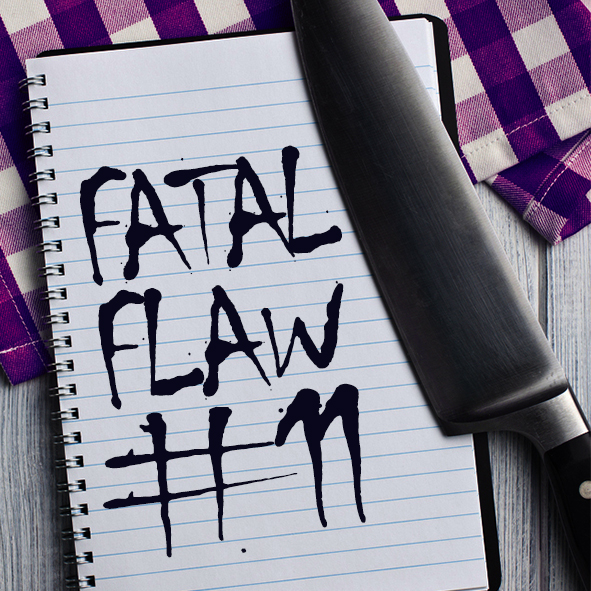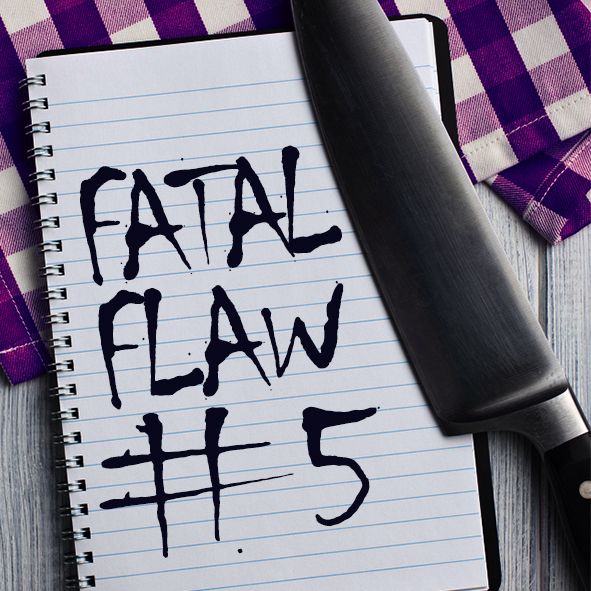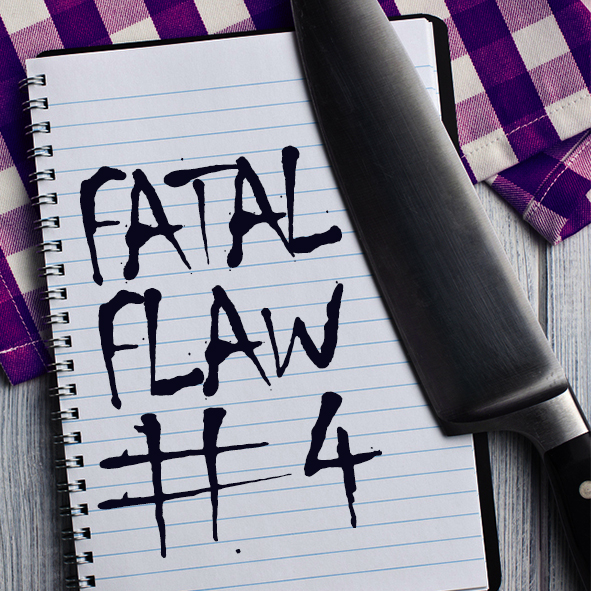Layering Tension in Happyland
This month we’ve been attacking Fatal Flaw #7—Lack of Pacing and Tension. Tension is crucial in a story. Without it, readers will stop reading. Pacing is linked to tension, and there are many ways to ensure strong pacing in a novel. Today editor Robin Patchen shows how writers can take those dull “happy” scenes and infuse them with tension.
We’ve been talking tension and pacing this month, and today I’m going to add to our discussion by looking at layering undertones of tension in your scenes.
There are a lot of ways to add tension to your novels. You can have characters who disagree, characters who want conflicting things, characters fighting battles against villains and weather and animals and, often, friends and siblings and parents.
But some segments of scenes have no inherent tension. You have to get your character into a position where the bad thing—whatever it is—can happen, but until the bad thing happens, everything seems fine. How do you bring tension into scenes like that?
That’s where those subtle undertones come in.
Take a look at these Before and After passages and see if you notice the difference in tension.
BEFORE:
Reagan drove down Main Street and gaped at the town she’d grown up in. The hardware store had a fresh coat of yellow paint that matched the potted mums scattered near the front door. The dry cleaner’s had been replaced with a jewelry repair shop. Next door, the lights in Lottie’s Locks brightened the inside of the hair salon, and Rae spied two women gabbing in the stylists’ chairs.
She slowed in front of McNeal’s and admired the spiffy new sign over the diner. Used to be, McNeal’s was nothing more than a greasy spoon by day and a local hangout by night, but everything about it looked new and clean. The lights inside spilled onto the sidewalk in cheerful yellow rectangles, and Rae peered through the glass at the crowd inside.
Happy character in happyland. If you write a lot of paragraphs like those, your readers’ eyes will glaze over. They’re reading your story for the tension. But what’s an author to do?
If there’s no inherent tension, you’ll need to add some.
AFTER:
As she drove down Main Street, Reagan could picture the town as it used to be. It had changed in the years since she’d been here, but then so had she. The town, at least, had changed for the better.
The hardware store had a new yellow paint job, though when she peered more closely, she could see where it was chipping away to reveal the decades-old brown beneath. Inside the beauty salon, frustrated women picked at each others’ flaws like crows with roadkill.
She slowed as she passed McNeal’s. In contrast to the dark, dreary weather outside, the inside of the diner seemed a cheerful oasis. Customers filled the tables and booths, chatting and laughing, all privy to some inside joke Rae had never known.
She turned her attention back to the road. The faster she could get this done and get out of town, the better.
Same situation, but by using the character’s thoughts and focusing on different details, we’ve added a layer of tension. Instead of seeing the cheerful mums in front of the hardware store, Rae notices the chipping paint. In the Before selection, there were old women gabbing. In the After section, they were frustrated women picking at each other like scavengers. McNeal’s is still cheerful, but I hope you picked up on the fact that Rae doesn’t feel cheered by it. No, she feels like an outsider and apparently, always has.
By adding those little clues, we raise questions in the minds of our readers. Why does she figure the women are gossiping and “picking” at each other? What is it about her that makes her notice not the new paint, but the flaws? And how did she grow up in a town but never feel she belonged?
I don’t answer those questions in this segment, and I don’t want to. I don’t even need the reader to realize she’s asking them. I just want her to turn the pages. We’re looking to create in the reader a compulsion to keep reading, and by inserting those small clues, I hope I’ve done that. Adding mystery adds tension, and creating an unease or inner conflict in your character, does too.
I also eliminated some details in the After passage. We don’t need to know about the dry-cleaner-turned-jewelry-repair-shop. That adds nothing to the scene. Every detail must do double or triple duty. Through the details, we see the scene, we get a sense of how the character feels about what she sees, and we add some tension, so the reader wants to keep on reading.
Every scene needs tension, even a simple drive through town. By filtering every scene through your character’s emotions and needs, ramping up the inner conflict, you’ll have an easier time of creating tension on each page. And strong tension equates with strong pacing.
Your turn:
Do you have passages in your scenes that are slow and boring? Can you think of ways to infuse a bit of mystery and unease via your POV character’s thoughts and narrative to generate tension? What kinds of moments make you, as a reader, gripped by a scene and want to read more? Do you have any favorite authors that you feel are experts of creating this tension on every page?










Good examples here; as you say, tension is vital. There’s also that agonizing slow-motion pacing when you and the protagonist know that something is very wrong, that the killer could be hiding there, could pop out of the woodwork any minute and start blasting.
Yet here she is—you both are—going up the stairs step by step. She’s taking note of the carpeting and the wallpaper that doesn’t quite match and is peeling here and there. At the same time she’s turning evidence over in her mind and ALMOST coming to the conclusion you’ve already come to. And you want to scream, “Get out of there!”
Then the killer isn’t there after all; the trip to the second floor only yields another clue. And you have to go through it all over again in the next scene, when she discovers the next possible hiding place.
I highly respect a writer who can create that kind of tension. She’s on her way to a best-seller.
Favorite authors who create tension on every page? Michael Connelly. Able to immediately suck the reader in with conflict and tension. My initial Connelly encounter was THE LAST COYOTE, and I promptly bought and read each of his books from the first one forward. Ninth line on page one of THE LAST COYOTE (he’s being interrogated about “the incident” which is enough in itself): He’d make her have to pull every single word out of him.
Enough said.
A great reminder! When the POV is outside of a scene with others, one can forget to have what has been going on with others become the focus of his reflections. Otherwise, those narrative portions are irrelevant filler. Tension needs to be present all the way.
It’s not easy!
Thanks,
Jim